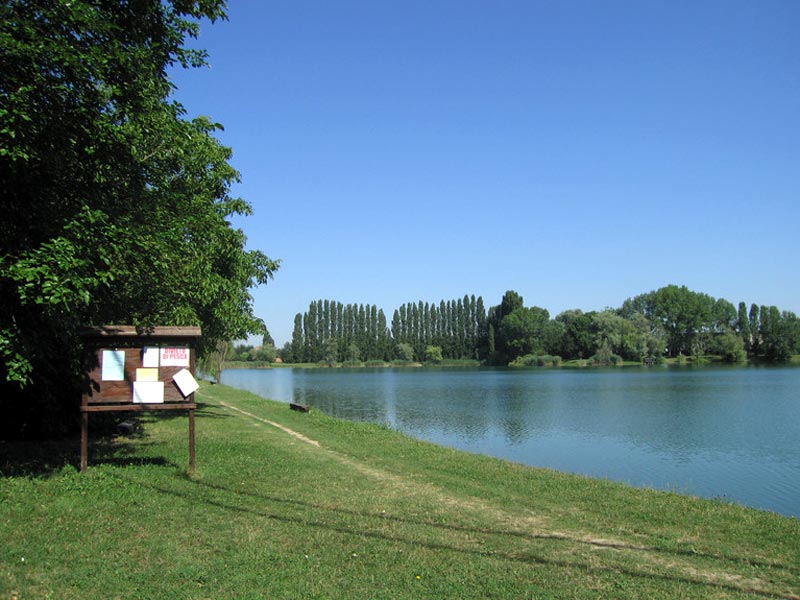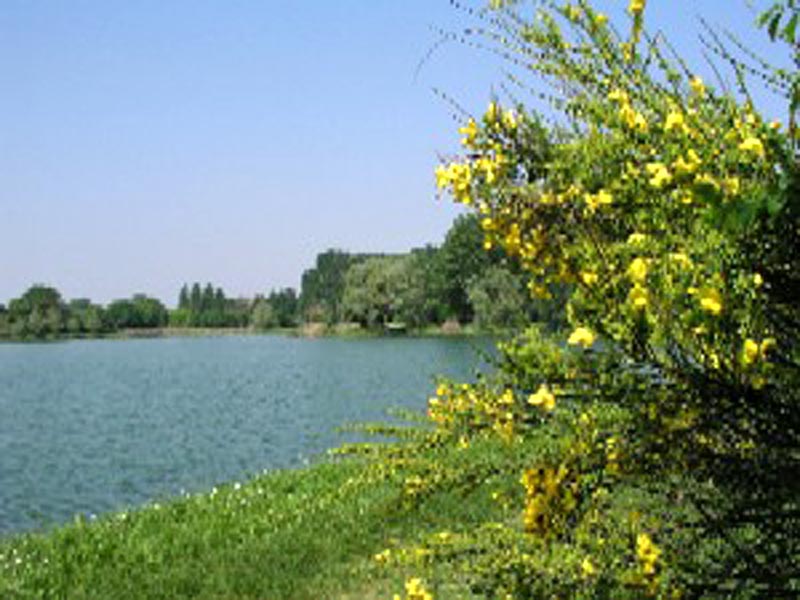Protected Area
Identity Card
- Land Surface Area: 29.00 ha
- Regions: Lombardia
- Provinces: Mantova
- Municipalities: Pegognaga
- Establishment Measures: DGR n 51876 21/02/1990
- Park Authority: Comune di Pegognaga
![]() Regulations of San Lorenzo Park (PDF file, Italian text - 40Kb)
Regulations of San Lorenzo Park (PDF file, Italian text - 40Kb)
History
The territory of Pegognaga has been subject to considerable changes,
losing (like the whole area of Oltrepo Mantovano) its landscape
features which had slowly gained ground during the centuries.
Several
human activities have determined the impoverishment of the flora and
fauna which had reigned for centuries in the Po Plain: for instance, it
is enough to think about the building of the collection drain for the
Reclamation Activity involving the Mantovano-Reggiano countryside, the
excavations linked to the production of bricks carried out in the
60s-80s, and the development of the urban area of Pegognaga up to the
Romanesque Church of San Lorenzo (11th century).
The history of San Lorenzo Park derives from the need to reconvert an area dedicated to the clay extraction activity.
As
a matter of fact, the three layer lakes characterizing it derive from
the clay extraction carried out by the kiln "Cà Rossa" until the end of
the 1980s.
Further information (Italian text)
Flora
The particularity of Parco San Lorenzo is the presence of
the typical vegetation of the "wetland". The presence of the small
lakes and the good quality of their waters enables the progressive
evolution of riparian hygrophilous vegetation dominated by common reed,
cattail, and sedge.
Setting off from the Park gates, you will notice
the presence of several essences which are still young, because planted
in 1993: the first area is dedicated to a wild orchard with apple tree
and crab apple (malus domestica and sylvestris), wild pear and common pear (pyrus pyraster and communis), wild cherry, cherry plum, plum (prunus cerasifera, domestica, avium, cerasus, padus and spinosa), walnut tree (juglans regia), black and white mulberry (morus nigra and alba), medlar (mespilus germanica), hawthorn (crataegus azarolus and monogyna), sorb apple and wild service tree (sorbus domestica and torminalis), black edelberry (sambucus nigra), hazel (corylus avellana), dog rose, seabuckthorn (hippophae rhamnoides), ribes rubrurn, rubus fructicosus and idaeus.
From
here, by following the way of the perfumes between honeysuckles and
vites, you get to a woodland characterized by the presence of oaks (quercus robur), European hornbeam (carpinus betulus), poplars (populus nigra and alba), common ash (fraxinus excelsior), maples (acer campestre), elms (ulmus minor-ulmus laevis), cherries (avium and padus), viburnum, opulus and lantana.
Further information (Italian text)
Fauna
The presence of permanent fauna in Parco San Lorenzo is a consolidated reality.
As a matter of fact, the Park "logo", elaborated by Prof. Doriana
Lazzarini with the students of middle schools, graphically expresses
the historical-naturalistic concept characterizing Parco San Lorenzo:
the Great Crested Grebe, a wild bird colonizing Oasi Falconiera, has
been placed within a rhombic shape symbolizing an artificial basin,
supported by a stylized capital recalling the most significant
historical find of Pegognaga, "Pado Patri", homage to the great Father
Po, dating back to the Roman age.
The good quality of waters
enables the reproduction of autochthonous fish species: Carps, Tenches,
Pumpkinseed Sunfish, local Catfish, Chub, Perch, Rudd, Bleak, Pike, and
other fish.
- Check list of the avifauna present in the Park (Italian text)
Further information (Italian text)








